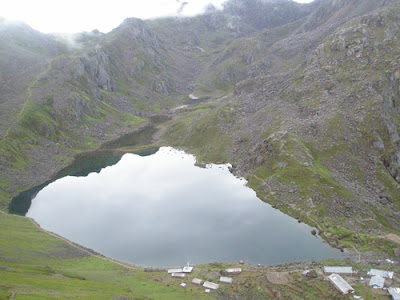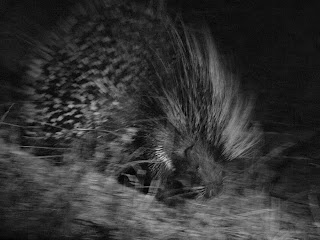Wednesday 23 February 2011
Knowing Orchids Seriatim
Knowing Orchids Seriatim
Knowing Orchids Seriatim
Monday 21 February 2011
Knowing Orchids Seriatim
Knowing Orchids Seriatim
Knowing Orchids Seriatim
Knowing Orchids Seriatim
Never Let Me Go - speakers confirmed.
The discussion will cover a number of themes brought up by the film including the realities of tissue engineering, cloning and the media, the ethics of organ donation, the philosophy of art and domination and political consciousness.
Tuesday 8 February 2011

Eigenvectors galore.
Sunday 6 February 2011
Langtang National Park
Location of LNP in Nepal's map (left) and LNP boundary covering parts of three different districts (right); Photo: Madan K. Suwal |
 |
| Langtang-Kyangjing Valley: A landscape of LNP at an altitude of 3700m with a view of Himalayas on North-East aspect: Photo by Bishnu Timilsina using awesome H50 Sony camera on 20th October, 2009. |
The park is also characterized by the wetlands of international importance – the Ramsar Site. The Gosaikund lake series comprising 13 major lakes and some 108 smaller ones were included in ramsar site list in September, 2007.
 |
| The Holy Gosaikund Lake, 4380 m; Photo was taken from Deurali ~ 4600m on 12th July, 2008. |
 |
| KhadaNanda Acharya, a Masters' (Botany) student from Tribhuvan University taking a holy bath in Gosaikund Lake; 24th August, 2010. |
 |
| A glimpse of Pilgrimage to Holy Gosaikunda Lake; 24th August, 2010. |
Dedication
| From left Russell Galt, Stephen Woroniecki, Corrinne Boddy, Me, Ritesh Thapa (back), Elaine Anderson and Alice Thomson |
Saturday 5 February 2011
The Dark side of diversity

Recently Pärtel et al. (2010) introduced a simple but intriguing idea that the fraction of 'missing' species from a site provides insights that can be used to understand biodiversity loss.
In cosmology dark matter is thought to make up the dominant fraction of the matter in the known universe. Ordinary matter, the stuff we see, makes up a small fraction of total matter. Can the same be said of species diversity at a given site? The authors of this paper define dark diversity as the fraction of species we do not see at a site but are potentially capable of inhabiting it within the regional pool. Ecologists have long known that local diversity is typically a small fraction of the total diversity in the regional pool, but few have focused on quantifying the variation in dark diversity from site to site. A global analysis presented for plant diversity reveals interesting spatial patterns in dark diversity. In particular, dark diversity is relatively lower in temperate regions where 'ordinary' diversity represents a greater ratio of the total potential pool than in many parts of the tropics. The value of the concept can be seen when we ask whether dark diversity in a locality is increasing rapidly over time, in particular, because of local extinction due to human disturbance. As long as dark diversity is high the potential for ecosystem restoration remains. However, extensive and persistent extinction would also erode dark diversity, and eventually reduce the options for restoration; a worrying possibility for many areas of the world. The authors offer some advice about how to decide whether a species can potentially inhabit a site but this is a nontrivial decision. For example, many species may persist as sink populations. By definition these species could not exist in a community in the absence of immigration. The only way to measure this component of local diversity is to isolate a community. Should sink species ('shadow' diversity?) be excluded from consideration? These and other questions arise when thinking about dark diversity, but this does not detract from the value of the concept. This notion is ripe for theoretical analysis.
Reference:
Pärtel, M., Szava-Kovats R., Zobel M. (2010) Dark diversity: shedding light on absent species. TREE online early.
Friday 4 February 2011
Next sciSCREEN - Never Let Me Go - March 23rd
To be added to the mailing list please send an e-mail to sciscreen[at]cardiff.ac.uk.
To follow us on twitter find us at www.twitter.com/sciSCREEN
To find us on Facebook - search for 'Cardiff sciSCREEN'.
Thursday 3 February 2011
Free conservation biology textbook: Conservation Biology for All
Free conservation biology textbook: Conservation Biology for All
How can you say "no" to a free book, especially when it includes chapters by some of the world's most prominent ecologists and conservation biologists?!
In honor of the international year of biodiversity, Oxford University Press has made this book available as a free download. Get your copy today! We think you'll enjoy it.







